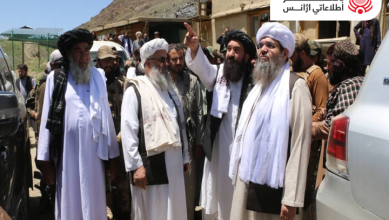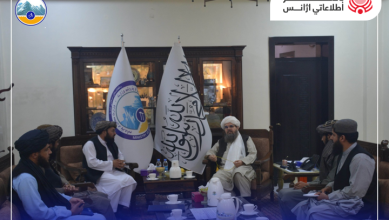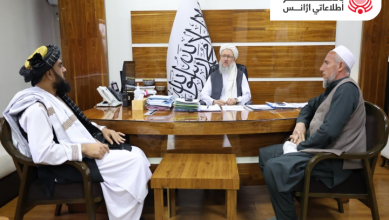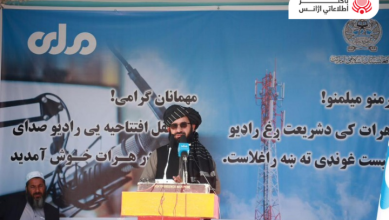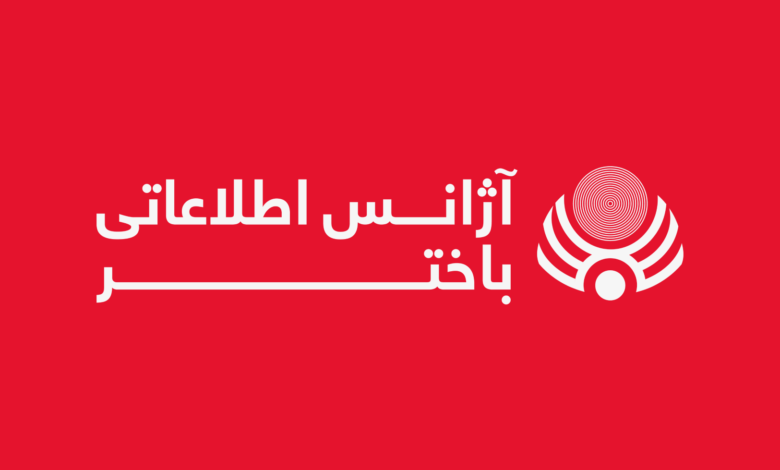
Monday September 26, 2016
Kabul (BNA) Abdul Bari Jahani only remembers one book from when he was growing up in Afghanistan: the Quoran.
The religious text is sacred in the Muslim nation, but at his Kandahar high school, he did not have access to many printed materials about his country, culture and language core elements of national identity. The next generation of Afghans will have a whole lot more than that at their fingertips, thanks in part to a major initiative from the U.S. Library of Congress. The Afghanistan Project has digitized the library’s collection of materials related to the country, including books, maps, photographs, newspapers, prints and manuscripts. Much of the material in the Library of Congress’ archive can’t be found in Afghanistan itself and some unique documents can’t be found anywhere else in the world.
“I didn’t know other books more than our regular curriculum, so it’s very important for the Afghan generation of young scholars,” said Jahani, who is now Afghanistan’s minister of information and culture. “It is for the future generations. The future generations should be and must be thankful for this collection.” This folio contains the illuminated title page of the second book of Nizami's Khamsah (Quintet), entitled Khusraw va Shirin, which includes the book's heading, written in white ink on a gold background decorated with red and blue flowers. It dates from the second half of the 16th century. Library of Congress
Jahani received copies of the digital material, more than 160,000 pages worth, at a ceremony this week in Washington. Stored on hard drives, the digital archive is bound for the National Library of Afghanistan and the National Archive of Afghanistan, as well as eight universities across the country. The materials date from the 1300s to the 1990s. “It’s terrible when you don’t have a record of your past and of your history, you lose your sense of identity, of who you are,” said Mary-Jane Deeb, chief of the African and Middle Eastern division at the Library of Congress, and a curator of the Afghanistan Project. “Because identity is rooted in the history of the country, of the ancestors, of the stories — real or mythical—of your culture. Those are critical elements of identity and wars have a way of destroying those.” Natural disasters and decades of conflict have seen the destruction of priceless cultural monuments, as well as troves of documents. Carnegie Corporation of New York provided $4 million to digitally chronicle the history of Afghanistan, which Carnegie President Vartan Gregorian called “the vortex of all cultures.”
As Afghanistan struggles to reconstruct its government, civil society and educational and cultural institutions after the U.S.-led invasion drew down in 2014, the initiative holds special significance.
“There is no country with a richer history than Afghanistan that we’re in a partnership with,” said Mark Taplin, principal deputy assistant secretary of the State Department’s Bureau of Educational and Cultural Affairs. “We know that it is important for the country’s future.” Deeb said the project is a sign of American appreciation for the cultural significance of the items from Afghanistan. “They have lost a great deal. This is what happens with war … [Afghanistan] is rebuilding its institutions, its students are going back to school and to university. It is important for them to be able to have access to their own patrimony,” Deeb said. “Local records, history and materials disappear, whether they’ve been bombed or burned or whatever. It is important that these materials are made available to them again.”
The process is referred to as “virtual repatriation,” a symbolic return of documents that no longer exist in the home country. The Library of Congress in Washington works in conjunction with its six international field offices to collect cultural artifacts that have been scattered across the globe, including those that have been written in other languages. The Afghanistan Project contains material in Pushto, Dari and Farsi, as well as English, French, German and Russian. John Van Oudenaren, who directs the Library of Congress’ World Digital Library, said it is common that materials that reflect one country’s core identity are found in another. “It’s even true of the United States, there’s stuff in British and French libraries relating to our colonial history that they have, and people used to have to travel and go see these things,” Van Oudenaren said.
The Afghanistan Project and other initiatives of the World Digital Library eliminate the need to travel to far-flung places in the world to examine rare materials because they are accessible online. Providing the raw data — seven terabytes worth — on hard drives also allows Afghan cultural institutions to integrate the information into their existing databases, as well as download or print it, without requiring an internet connection. The project may also provide a blueprint for how cultural history of other conflict-torn nations can be preserved. Taplin said the State Department and the international cultural heritage community are particularly concerned about Syria and Iraq. “There’s a lot of discussion about Syria and how we confront that challenge,” Taplin said. “It’s something that the global community is looking for recipes and answers. I think this Afghanistan Project is potentially a model for some of these challenges that we’re facing.”
Librarian of Congress Carla Hayden, who was sworn in last week, said the project exemplifies the purpose of the institution tasked not only with informing Congress on domestic issues. Curators consider this one of the most meaningful parts of their work. “We preserve the memory of the nation of the United States, but we also preserve the memory of the world, because when we collect materials from countries such as Afghanistan, Iraq and Syria and other countries that have suffered from so much war and devastation and have lost their books and their records and we have them, because, we collected and preserved them,” Deeb said. “That is very exciting because you feel a sense of commitment to these collections and to these works. This is certainly the most important part of my work and what I love most about my work.”

